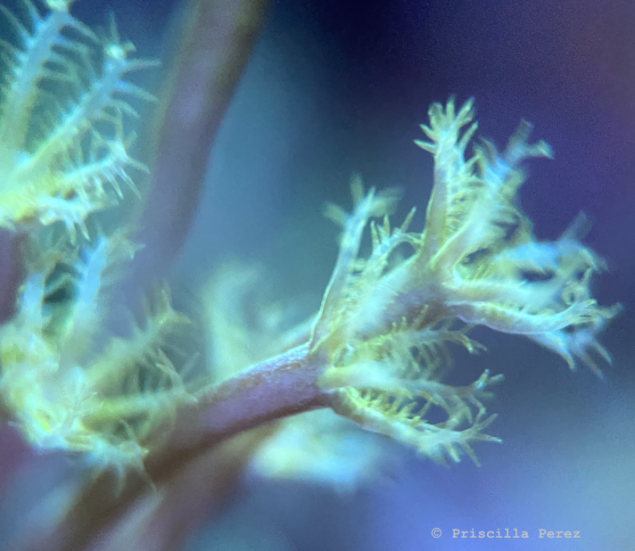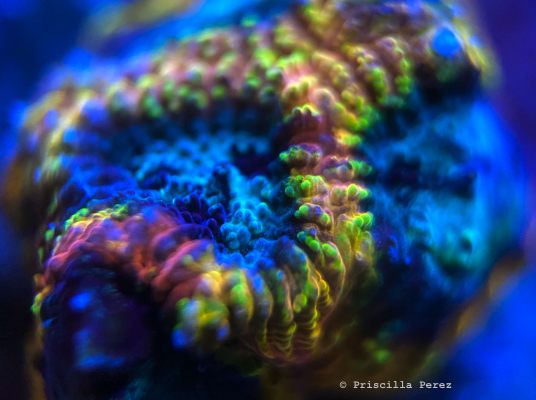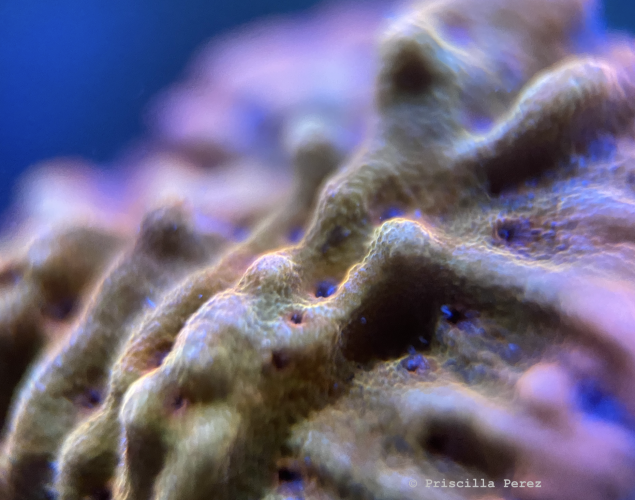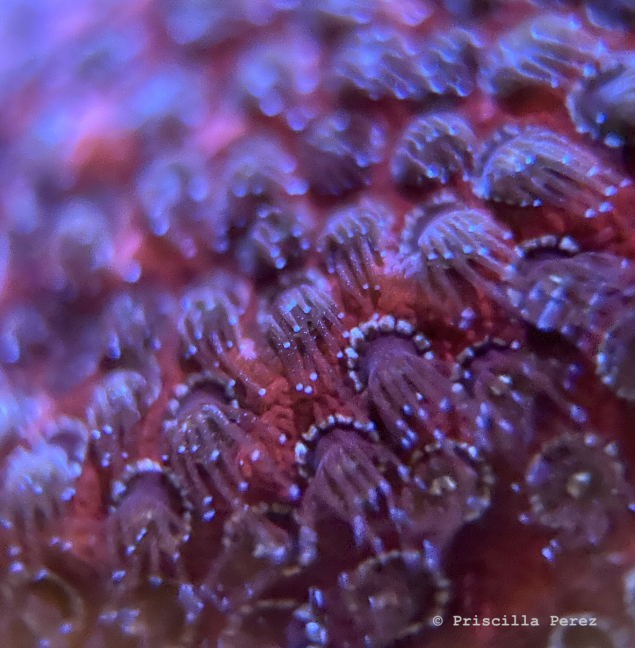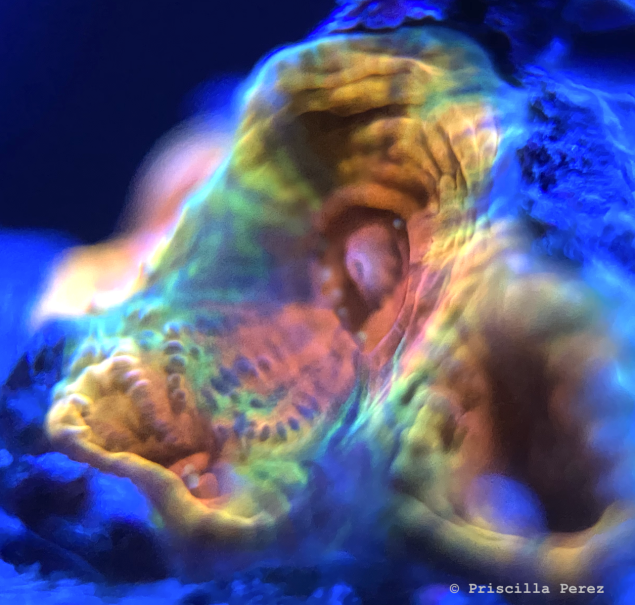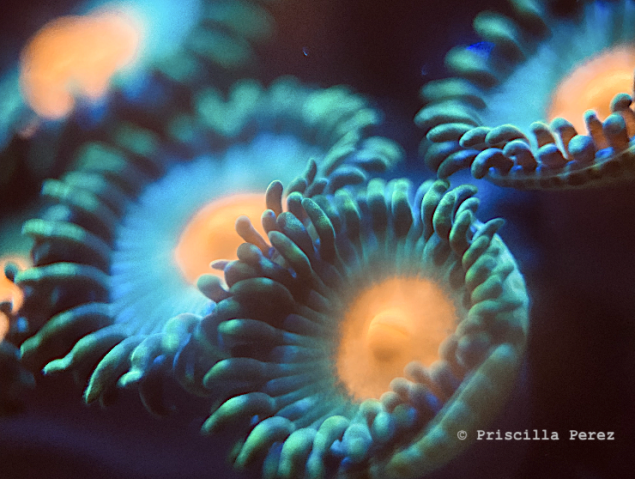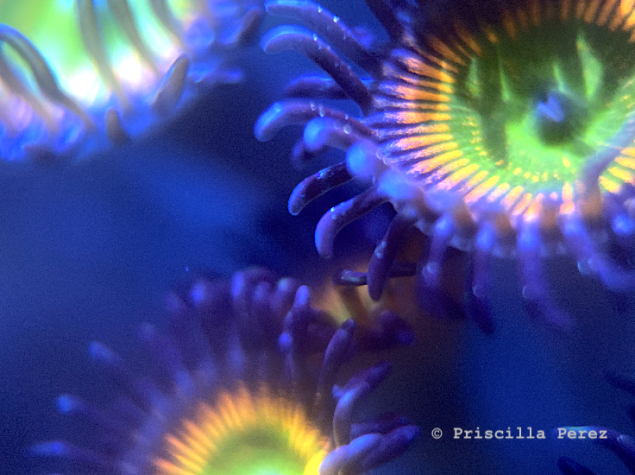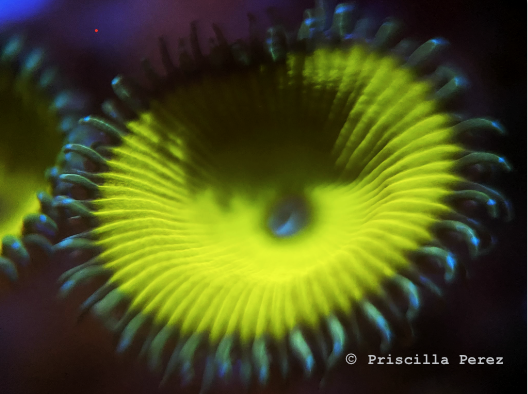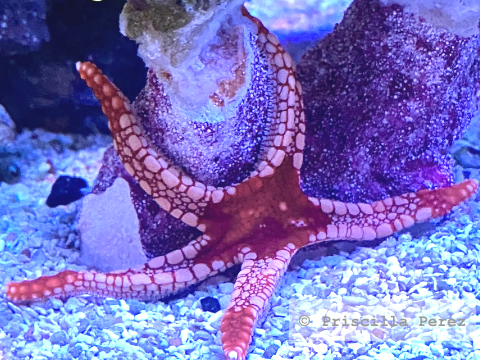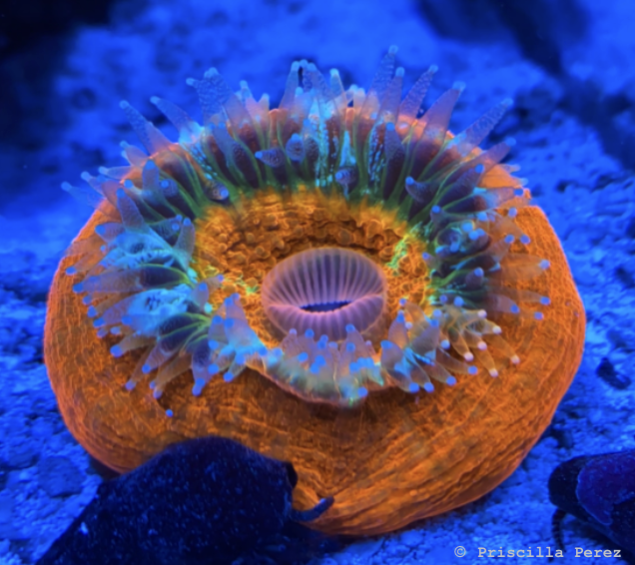7th Grade Science Units Link to this section
7th Grade Science Overview
Link to this section
7th Grade: Overview
Overview
In the SFUSD MS Science 7th grade Curriculum, students are asked “How can we use science and engineering practices to explore chemical reactions, geoscience processes, ecosystems, and Earth’s natural resources?” They study these core science concepts by asking questions, designing investigations, and using evidence-based reasoning to address personally relevant and environmentally focused challenges.
The curriculum consists of five units: four project-based learning units, with embedded performance assessments aligned with the Next Generation Science Standards, and an opening unit, Groupwork, that teaches students how to work as a team. Each unit is focused on a Unit Essential Question.
7th Grade: Standards
Standards
Next Generation Science Standards (NGSS) Performance Expectations:
|
|
|
|
|
|
|
|
|
|
|
MS-PS1-3 MS-ETS1-2
|
NGSS Lead States. 2013. Next Generation Science Standards: For States, By States. Washington, DC: The National Academies Press.
NGSS Science and Engineering Practices
|
|
||||
|
|
|
|
|
|
|
|
|
|||
|
|
|
|
|
|
|
|
||||
|
|
|
|||
|
|
||||
|
|
|
|
|
|
|
|
|
|
||
|
|
|
|||
NGSS Crosscutting Concepts
|
|
||||
|
|
|
|
|
|
|
|
|
|
|
|
|
|
|
|
|
|
|
|
|
|
||
|
|
||||
|
|
|
|
||
|
|
|
|||
|
|
|
|
|
|
“Disciplinary Core Ideas, Science and Engineering Practices, and Crosscutting Concepts” are reproduced verbatim from A Framework for K-12 Science Education: Practices, Crosscutting Concepts, and Core Ideas. DOI: https://doi.org/10.17226/13165. National Research Council; Division of Behavioral and Social Sciences and Education; Board on Science Education; Committee on a Conceptual Framework for New K-12 Science Education Standards. National Academies Press, Washington, DC. This material may be reproduced for noncommercial purposes and used by other parties with this attribution. If the original material is altered in any way, the attribution must state that the material is adapted from the original. All other rights reserved.
7th Grade: Units and Culminating Projects
Units and Culminating Projects
Unit 0: Groupwork
How do we work productively in groups?
Duration: 2–3 weeks
The Learning Through Performance 7th Grade Science Curriculum relies heavily on groupwork. The Groupwork Unit helps students prepare for this work. Groupwork is based on a framework developed by the Program for Complex Instruction at Stanford University, which focuses on informing the construction of group tasks. Multiple research projects conducted by the Program for Complex Instruction consistently show that increased learning gains are directly proportional to the level of students’ on-task talk while working in small groups. To this end, in the Groupwork Unit, students complete four skill-building tasks to acquire the experience and tools needed for effective and productive groupwork.
Unit 1: Chemical Reactions
Essential Question: How can we combine two substances to make a hot pack or a cold pack?
Duration: 5–6 weeks
Energy enters Earth’s system as solar radiation and leaves as heat, while very little matter enters or leaves Earth. Similarly, energy and matter can be followed through any physical or chemical change. In this unit, students learn to identify when a chemical reaction has occurred and model the change in molecular structure of materials showing that the number and type of atoms (mass) are conserved in a reaction. The Science and Engineering Practices of Developing and Using Models and Analyzing and Interpreting Data are used to show how scientists might model reactions and collect data to show changes. The Crosscutting Concepts of Scale, Proportion, and Quantity; Patterns; and Energy and Matter are important themes necessary for students to understand changes in atomic structure. For the Culminating Project, students work together to design and construct a device that either releases or absorbs thermal energy by chemical processes. Specifically, as a group, students have an opportunity to design and build a hot pack or cold pack. Individually, students fill out Patent Applications explaining the science behind their devices and propose at least one improvement to their devices based on data gathered through testing.
Unit 2: Geoscience Processes and Earth’s Surface
Essential Question: How can we use our knowledge of geoscience processes to mitigate the effects of earthquakes?
Duration: 5–6 weeks
In this unit, students consider how geoscience processes have shaped Earth’s surface over time. In Subunit 1, students gather evidence to support the theory of continental drift. In Subunit 2, they learn the geoscience processes behind continental drift: convection currents within Earth and plate tectonics. In Subunit 3, students focus on how different types of rocks amplify earthquake shaking. They also gather evidence about how different types of rocks are formed. For the Group Culminating Project, students work together to create a presentation that outlines their location recommendation for a new music venue in the San Francisco Bay Area. The venue location must take into account soil and rock content, distance from plate boundaries, cost, and additional criteria of the group’s choice. In the Individual Culminating Project, each student writes an Earthquake Mitigation Plan using knowledge gained from the unit. This document describes additional ways to reduce the impact of earthquakes and/or use technology to monitor them.
Unit 3: Ecosystems
Essential Question: What effects does a change to an ecosystem have on the organisms that live there?
Duration: 5–6 weeks
In this unit, students explore how changes in an ecosystem impact local populations of organisms, the flow of energy, and the cycling of matter in that ecosystem. For the Group Culminating Project, students work together to construct a model that explains how matter cycles and energy flows in a specific ecosystem found in the San Francisco Bay Area. Students construct either a physical three-dimensional or a digital representation of their model, which they then present to the class. For the Individual Culminating Project, each student writes a short proposal to the San Francisco City Planning Commission explaining how further destruction of a specific ecosystem due to construction may impact one specific organism from the ecosystem.
Unit 4: Earth’s Natural Resources
Essential Question: What materials should be used to make utensils for SFUSD cafeterias?
Duration: 5–6 weeks
The natural resources found on Earth are limited and are not found in equal amounts around the planet. This means that for many of our daily needs, we rely on resources that are not found where we live. Some resources we use must be found somewhere else on the planet and transported to us. It is important for us to be careful about the ways we obtain and use natural resources because when we take resources from one part of the planet, it can affect the ecosystems where they are located. Because all the ecosystems on the planet are connected in some way, when we remove or use up resources in one place, there can be negative consequences for the whole planet. For these reasons, it is important for us to find ways to conserve the resources we have and find ways to obtain and use resources in a way that minimizes harm to ecosystems. For the Group Culminating Project, students work together to prepare a presentation on the best materials for the eating utensils that are used in SFUSD cafeterias. The presentation addresses conservation of natural resources and maintenance of biodiversity and ecosystems. For the Individual Culminating Project, each student writes a feedback letter on a group’s presentation.
7th Grade Science Resources Link to this section
This page was last updated on July 25, 2023


